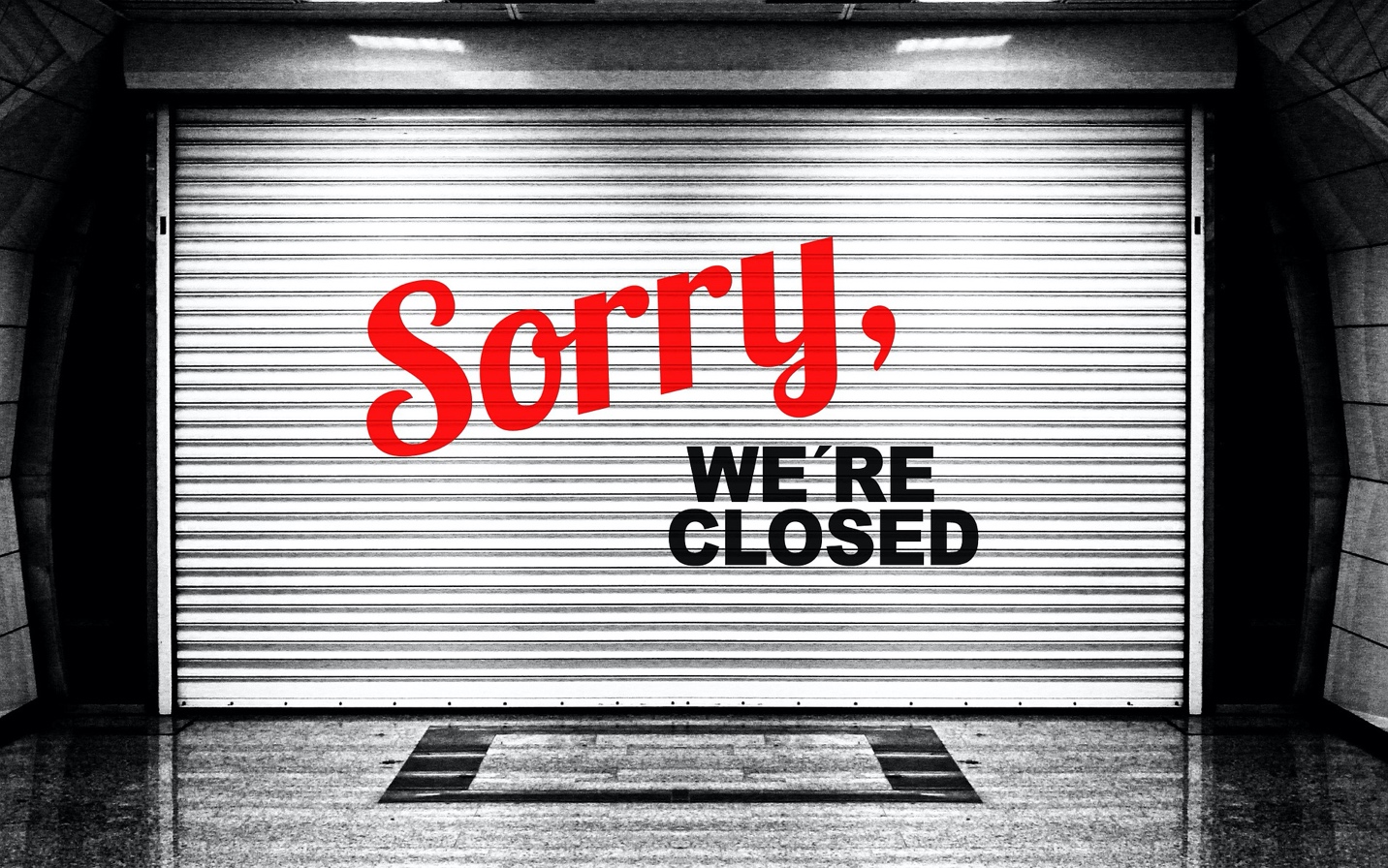Junior Martinez closed indoor operations in his three South Bronx restaurants—Beatstro, Bricks and Hops and the Bronx Draft House—in mid-March due to the pandemic. He had been relying on takeout, delivery and outdoor dining, assuming he would eventually reopen indoor sections. He never did. Instead in mid-November, Martinez stopped operations at all three of his restaurants. Colder weather meant fewer customers, and at that point, he was only staying open for his employees. He plans to remain closed until at least the spring.
Martinez says he’s losing money, but every week he remains open he loses $30,000 a week across the three restaurants compared with $10,000 if he’s closed, thanks to operating costs, payroll, various insurances, supplies and other expenses.
“It’s a struggle with drowning in debt. The longer you stay open the more debt you’re going to assume and the harder it’s going to be once everything gets back to whatever the new normal will be,” said Martinez.
Martinez is not alone. Zona De Cuba and Bronx Tavern have also closed for the winter, and Porto Salvo will remain closed until indoor dining service—which Governor Cuomo barred on December 11—resumes.
Across the country, the National Restaurant Association estimates that more than 110,000 restaurants have closed for the long-term or permanently as a result of COVID-19.
Although some areas of the Bronx with heavy foot traffic and a high concentration of restaurants, like Bronx Little Italy, have been thriving, Lisa Sorin, president of the Bronx Chamber of Commerce, was unsure how less densely trafficked areas of the South Bronx will survive.
Before indoor dining was shut down in December, Sorin predicted at least an additional 20% of restaurants would close permanently if another shut down occurred.
“The brick and mortars who have been out there struggling this whole time are the ones seeing a bleak point. [They] are the one who are saying, ‘we’re trying to hold on.’ But you can only hold on for so long. I think that’s the point we are at,” Sorin said.
Martinez’s restaurants never reopened for indoor dining at his restaurants—he says the possible income wasn’t worth the cost since he couldn’t reduce staff at the same rate as reduced capacity.
The restaurants had been surviving off of takeout, delivery and outdoor dining, since his revenue plummeted 70% in March.
He built outdoor decks at each of his locations, which cost roughly $6,000 a piece, and his business partner investigated outdoor dining setups in London, hoping to replicate a winning model. But when the weather dropped in September, he couldn’t attract enough customers no matter how much heat they pumped onto the decks. He never recouped the cost.
“Our team and our employees really stuck by our side at the peak of this pandemic,” he said, “When you create that sense of loyalty and gratitude, then it’s hard to shut your doors down to everyone.”
But once he was armed with a strategy to move most of the 65 employees working at his restaurants to positions at his catering business, Martinez made the decision to close.
He plans to reopen around March or April, depending on the COVID-19 vaccination schedule, spring-time temperatures and when indoor dining capacity is allowed at 50%. He’s going to take the little money he has and put it towards the upfront costs of restarting his businesses in the spring.
He expects others will follow in his footsteps, though it’s not an easy task.
“The worst thing you can do is shut down your doors, because you’ll have to start all over again building that following and that clientele,” Martinez said.

